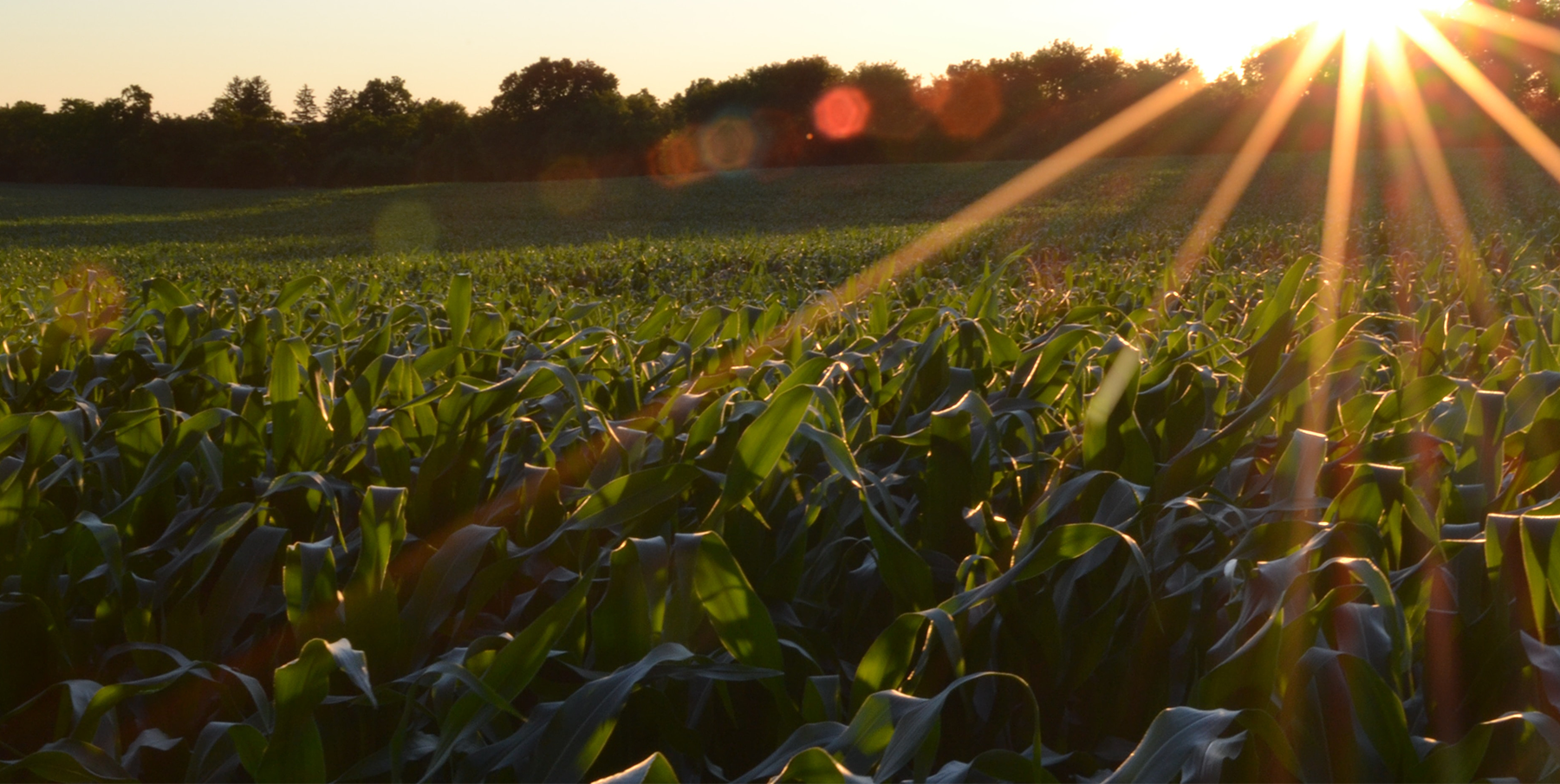Groundnuts (Arachis Hypogaea) in Tanzania
In Tanzania, where groundnut is one of the main annual crops, the production cost of groundnut is cheaper than of other annual crops like rice (Akpo, Muricho, et al., 2020; Bakari et al., 2021). The total production cost of groundnut ranges from 500,000 TZS/ha to 1,000,000 TZS/ha compared to rice, which ranges from 2,500,000 TZS/ha to 3,250,000 TZS/ha (Ndabila, 2018). Groundnut can be produced in all areas with an altitude below 1500m and having alluvial soils (Daudi et al., 2012). In Tanzania, groundnut is mainly produced in Dodoma, Tabora, Geita, Shinyanga, Songwe Mbeya, Katavi, Singida, Rukwa and Manyara regions (URT, 2021). Likewise, groundnut is largely produced in Kigoma, Mwanza, Mtwara, Simiyu and Kagera. Most of these regions are either semi-arid or arid and mostly challenged by drought, food insecurity and poverty.
Currently, the country needs to cope with increasing drought due to climate change, market shift, and other biotic and abiotic stresses (Zurich, 2014). In addressing these challenges for improving people’s livelihood, Tanzania Agricultural Research Institute (TARI) in collaboration with other development partners released 17 improved groundnut varieties (Mwalongo et al., 2020). Six improved groundnut varieties were release between 1960s and 1990s (Daudi et al., 2012). The outcomes, however, were below expectations attaining maximum average productivity of 444 kg/ha during the period. Thereafter, 11 more improved varieties were released, and productivity increased to an average of 745 kg/ha. This is still less than the average productivity of Africa, which is 800kg/ha (FAO, 2020). Even though the new varieties were available, it was reported that about 81% of the groundnut producers still use old varieties, which are less resistant to drought and diseases, have low productivity between (0.5t/ha to 1t/ha) against the potential yield of between (1-2t/ha) and low market value (Mwakimata, 2017).
Limited use of improved varieties by farmers was reported as one of the major bottlenecks to realize high yield in the country (Daudi et al. 2018; Akpo et al. 2020). Use of improved varieties will make ever lasting effects on peoples’ health, financial power and human resource capacity of the country. Studies illustrate that the groundnut market is expanding in Tanzania due to a rapid population growth rate of 3.1 per year, multiple uses of groundnut and exports of about 20,000 tons per year (URT, 2020). All these factors combined raised an alarm of increasing awareness and use of improved groundnut varieties.
This variety catalogue underscores the important characteristics of all the released groundnut varieties since 1960s to date, an effort to enhance stakeholders’ awareness and groundnut utilization along the value chain in Tanzania.
Groundnuts (Arachis Hypogaea) Varieties Released in Tanzania
Tanzania Agricultural Research Institute (TARI) in collaboration with Development Partners released 17 improved groundnut varieties (Mwalongo et al., 2020). Six improved groundnut varieties were release between 1960s and 1990s (Daudi et al., 2012). The description of the varieties have been provided in the document.
Daudi, H., Lukurugu, G., Bujiku, A., Binagwa, P. and Kasuga, R. (2022). Variety Catalogue of Groundnuts (Arachis Hypogae) in Tanzania. TARI Research Publication No.2






